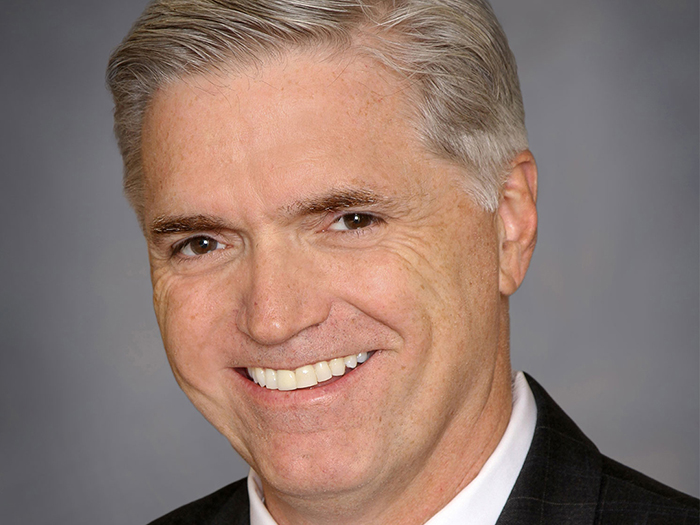Unlocking the full potential of Predict & Prevent™ strategies requires teamwork.
We want to work together with insurers, technology innovators, policymakers, customers and others to create, test and launch solutions that stop losses in their tracks. It’s an exciting idea, but how do we make it happen?
Here are my thoughts.
First, the role of technology innovators is crucial. Insurance technology that has the ability to detect, identify and measure risk in real-time is abundant. But so far, the primary focus has been on using this information to improve the effectiveness of underwriting and claims.
Now is the time to direct these efforts to include strategies for predictability and prevention.
Insurers see the value in Predict & Prevent and have the power to drive change. They have the necessary resources and motivation to identify and invest in technologies that can prevent losses at a high level.
Importantly, insurers can connect these solutions to risk managers within their organizations who are responsible for managing these risks.
Risk managers are critical to this effort. As these technologies are used on the front lines, they are well-positioned to integrate them into their strategies and processes to manage threats that are growing in frequency and severity.
As I delve deeper into Predict & Prevent, I see the importance of incorporating these strategies into existing risk management processes.
I recently spoke with George Chedraoui, senior director of corporate risk and resilience, about using IoT technology to make his company more resilient.
Haywoods introduced smart drainage sensors through a pilot program with Chubb Group.
Chedraoui says technology is one of the most pervasive risks for Haywoods — and a source of disruption and frustration for its customers and their operations. He shared some insights on deploying the new technology and partnering with an insurer.
Training and education in the use of new tools and technologies is important. While implementing the leak sensors was straightforward, it was important to familiarize various teams (such as cleaning, safety, and risk management) with the new tools.
Risk managers shouldn’t be afraid to invest in technology, Chedraoui said. Start small, evaluate the results and decide on the next steps.
Haywoods began by testing Chubb’s water leak sensors in five buildings, then scaled up to 55 properties as the benefits became clear.
Investigate all organizational exposures — not just the high-profile ones, such as catastrophic events — to identify risks that can be prevented, Chedraoui advises.
“A pipeline leak may not make the news,” he said, “but it can cause significant disruption to our business.” Working with an insurance partner offers advantages over going it alone, Chedraui said.
Leveraging these resources from insurance partners provides the benefit of working with a culturally appropriate company. Let’s join forces and bring the new in risk management to prediction and prevention.
To learn more about this idea of predictability and prevention, subscribe to the institute Predict and Prevent™ Podcast As we continue to delve deeper into this approach and the opportunities it creates for risk management and insurance. And be sure to check it out prognosis and prevention.org For the latest updates. &
Live now. Predict and prevent
A new strategy that uses technology to combat the biggest disaster challenges facing society and prioritizes resilience. Host Peter Miller, president and CEO of the Institute, and leading experts will examine how traditional risk management, which relied heavily on insurance and post-loss detection and repair, is moving to Predict & Prevent in the changing risk landscape. The eighth episode shows what a forecasting and prevention strategy means, why it is urgently needed, and a vision for the future of risk management.
Available at Spotify, Apple Podcasts and other listening platforms.
